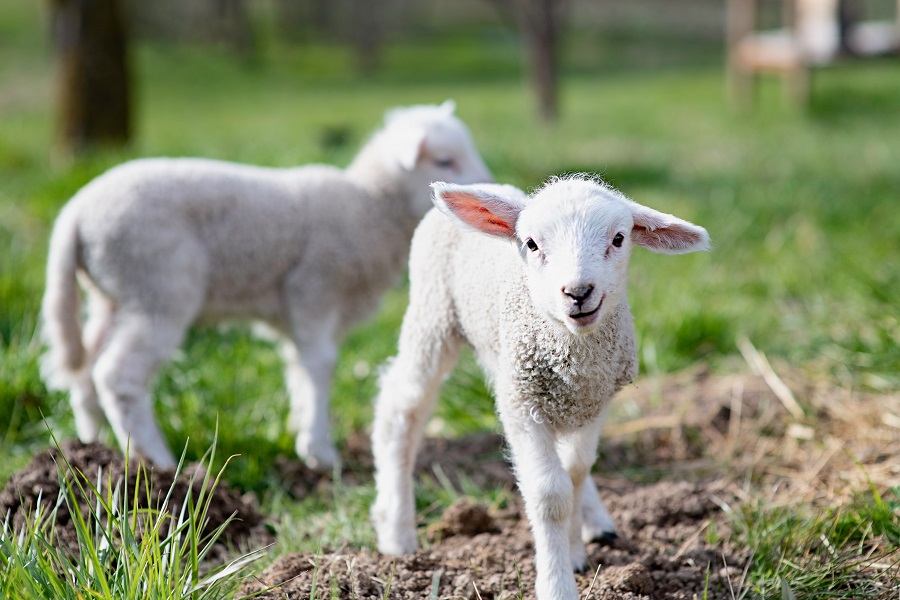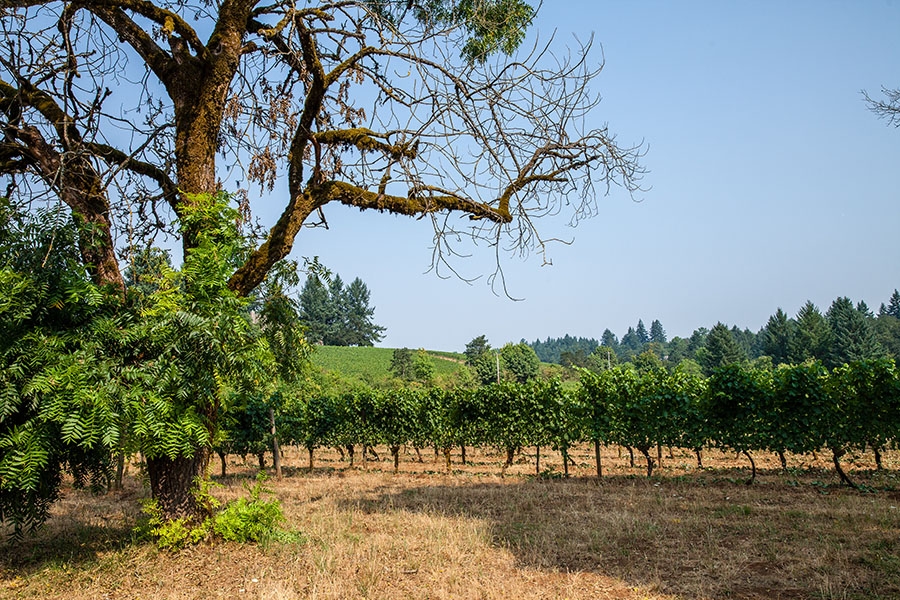Oregon’s status as a wine industry leader holds strong as signs point to recovery.
In 2019, the Oregon wine industry had its most successful year on record, with retail and wholesale profits up 12% and 13% respectively. Despite only making up 1.2% of wines produced in the United States, and 0.15% of wine sold across the world, Oregon labels continue to give the state a reputation, accounting for 5% of Wine Spectator’s top 100 Global Wine List.
While the full impact of COVID-19 on Oregon’s wine industry is still being determined, recent data suggests Oregon wines continued to command a high price relative to competitors.
Due Oregon’s unique soil diversity, Oregon grapes have seen a 15% increase in sales to out-of-state vintners. Oregon Winemakers continue to pour record amounts of money into research and development.
Despite suffering COVID-19 losses, there are plenty of bellwethers to believe Oregon wine will be quick to recover.
Source: Oregon Wine Board.
“Our onsite sales were down 30% in 2020, but offsite sales actually increased 1.5% from last year.”says Sarah Murdoch,director of communications for the Oregon Wine Board.
It may not seem like much, but growth by any metric during a year when most vineyards had to focus on cost-saving measures is welcome news for an industry beleaguered by a year of setbacks.
Murdoch says the biggest pandemic sting was felt in May of 2020, the annual celebration of Oregon Wine Month. Wine is a highly seasonal business, and typically the wine board organizes events and tastings throughout the month. The summer tasting room experience is not something able to be recreated online.
But over the holidays, when offsite wine sales are at their highest, some vintners have seen substantial growth.
“Online sales have been very important for us, and they have increased substantially, especially ” during our busiest months.” says José Cruz, winery sales ambassador for Willamette Valley Vineyards. Ordering online and over the phone had already become the bulk of the company’s sales. Over the holiday season, company sales more than doubled.
RELATED STORY: State of Grapes
With wine discovery platforms like PIX set to make finding top-rated wine easier than ever, consumers wanting to order high-quality wine from home will be able to rely on more than just the label to make buying decisions.
Wildfires remain a concern for Willamette Valley vintners. Not only do fires pose a risk to workers, smoke has the potential to damage red wine grapes. As climate changes continues to create extreme weather patterns, these fires are sure to increase.
 Lambs deployed by Soter Vineyards to manage flammable debris. Credit: Soter Vineyards
Lambs deployed by Soter Vineyards to manage flammable debris. Credit: Soter Vineyards
To combat fires, vineyards have deployed sheep and other livestock to manage flammable materials. Testing for smoke damage is also becoming cheaper, faster, and more accurate.
Now that COVID-19 dining restrictions have been lifted across the state, efforts to bring attention to Oregon wine have resumed. The annual Wine Media Conference, which was held in Eugene August 5-7, will bring wine bloggers and industry influences together to promote the state’s very best in wine.
RELATED STORY: Winemakers Test for Smoke Damage
Residents will have to upload their COVID-19 vaccination card in order to attend. A measure Murdoch says will ensure the wine tasting experience is safe and enjoyable.
Concern remains over the COVID-19’s delta variant, which has the potential to shut down indoor dining once again if the number of unvaccinated Oregonians remains stable.
But as of now, the industry is going back to showcasing the region’s quality using the only metric that matters: taste.
“There’s always the worry we are about to go back to restrictions. We’re still struggling,” Murdoch says “But we’re making a comeback.” .
To subscribe to Oregon Business, click here.




